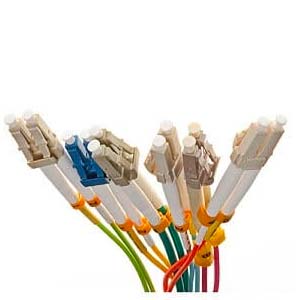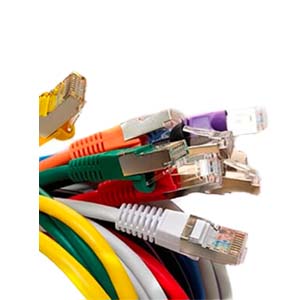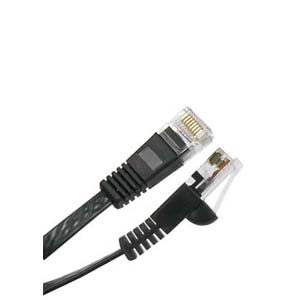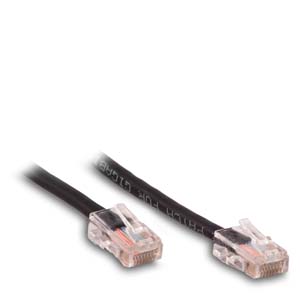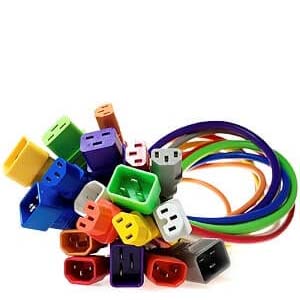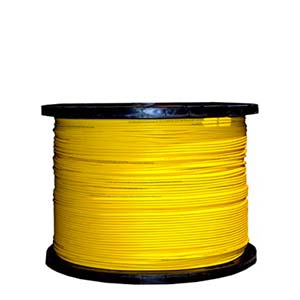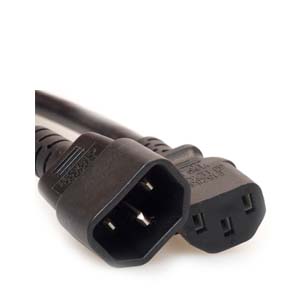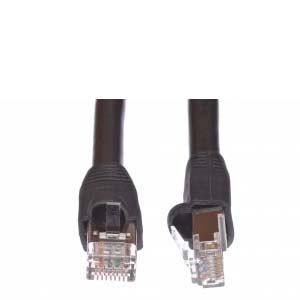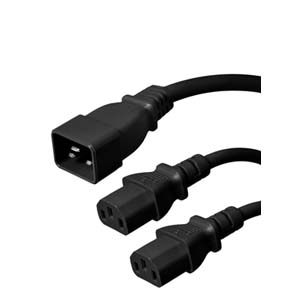Cables Blog
Does DVI support audio?
If you're trying to connect a computer to a monitor, TV or other display device with built-in speakers via a DVI cable, you might be wondering if DVI supports audio. Different interfaces have different technical specifications. Some transmit audio and video, whereas others only transmit video. So, does DVI support audio?
by Vikas Dayal • August 30, 2017
If you're trying to connect a computer to a monitor, TV or other display device with built-in speakers via a DVI cable, you might be wondering if DVI supports audio. Different interfaces have different technical specifications. Some transmit audio and video, whereas others only transmit video. So, does DVI support audio?
Overview of DVI
Designed by the Digital Display Working Group (DDWG) in April 1999, Digital Visual Interface (DVI) is a digital interface that's used to transmit video data from a computer to a display device.
Prior to its invention, video transmission was typically performed using VGA ports. The advent of the DVI interface, however, helped to standardize computer installations while also allowing for higher quality video. Furthermore, DVI cables are often longer than traditional VGA cables. You can use a 15-foot cable while still preserving a 1920 x 1200 resolution. Longer DVI cables can also be used, though a signal repeater is typically recommended to minimize signal degradation. For these reasons, DVI became the unofficial successor to VGA.
There are three different types of DVI cables:
- DVI-I: reads both analog and digital signals.
- DVI-D: the most common type, DVI-I reads only digital signals.
- DVI-A: only reads analog signals.
Whether it's DVI-I, DVI-D or DVI-A, however, no standard DVI cable will transmit audio -- not without a little tweaking at least.
How to Transfer Audio Over DVI
If you want to transmit audio over DVI, you'll need to use a special DVI-to-HDMI cable. Assuming your computer's video card supports HDMI audio via DVI, this cable will allow you to transmit both video and audio using a single cable. The good news is that most modern video cards support this feature. If you have an older video card, however, you may have to upgrade it.
Unlike its DVI counterpart, the High-Definition Multimedia Interface (HDMI) supports both video and audio. HDMI uses EIA/CEA-861 standards to define formats, compression rates and auxiliary data. Technical jargon aside, it's become the preferred interface because of its ability to transmit video and audio over a single cable.
A DVI-to-HDMI cable lives up to its namesake by taking DVI signals and transmitting them to an HDMI port. If the video card supports HDMI audio via DVI, however, it will transmit audio and video to the HDMI port. So, if you want to transmit audio over DVI, first check to see if this feature is supported by your computer's video card (you may need to install the latest driver). If it's supported, pick up a DVI-to-HDMI cable and connect your two devices.
Aside from a DVI-to-HDMI cable or similar adapter, you'll have to use two cables to transmit audio and video when using DVI. For instance, you can use a traditional DVI cable to transmit video and an analog audio cable to transmit audio. Of course, HDMI is the ideal interface for video and audio transmission. Being that not all devices feature HDMI ports, however, a DVI-to-HDMI cable may be your best option.


